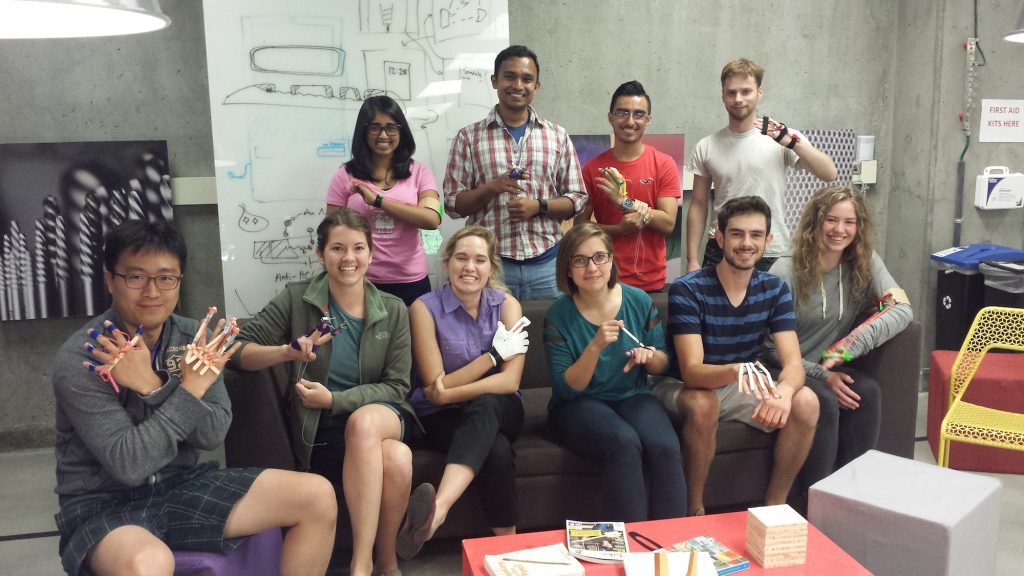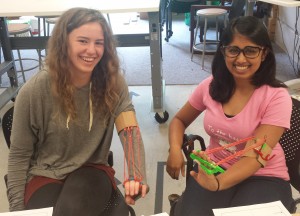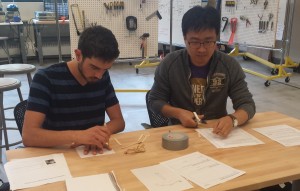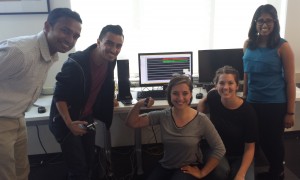Paper at American Society of Engineering Education
Brianna Blaser and Kat Steele presented their paper, “Including universal design in engineering courses to attract diverse students” at the American Society for Engineering Education annual conference in Seattle, WA on June 17, 2015. This paper reported the results of a survey to current students with disabilities about their experiences in engineering classes and how accessibility and universal design may be incorporated into the engineering curriculum.
Abstract:
Research has shown that members of some groups, including women and people with disabilities, are particularly interested in how their fields of study, such as engineering, can improve the world around them. Teaching students about universal design (UD) and how it benefits individuals with disabilities has the potential to attract these students to engineering and encourage them to create products and environments that are accessible to and usable by individuals with a broad range of characteristics. In this paper, we present findings from an online discussion and site visits to engineering labs with students with disabilities. Based on these findings, we identify opportunities for including disability and UD topics in engineering curricula. Capstone or cornerstone engineering design classes are a natural fit for incorporating these concepts, but other engineering course can be enhanced with disability and UD content as well. We also present suggestions for applying UD to instruction in order to ensure that engineering courses are accessible to the widest audience possible. This investigation provides a foundation for using UD to broaden participation in engineering and training engineers who can design products and environments that address the diverse needs of society.
PDF
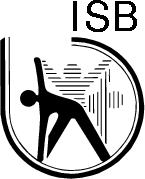 Kat Steele & Mike Schwartz presented their research demonstrating that synergies measured from EMG are predictive of post-operative outcomes after botulinum toxin injections, selective dorsal rhizotomy, and multi-level orthopaedic surgery. These results will support future research to determine if synergies can be used clinically to quantify patient-specific changes in control and guide treatment planning.
Kat Steele & Mike Schwartz presented their research demonstrating that synergies measured from EMG are predictive of post-operative outcomes after botulinum toxin injections, selective dorsal rhizotomy, and multi-level orthopaedic surgery. These results will support future research to determine if synergies can be used clinically to quantify patient-specific changes in control and guide treatment planning.
